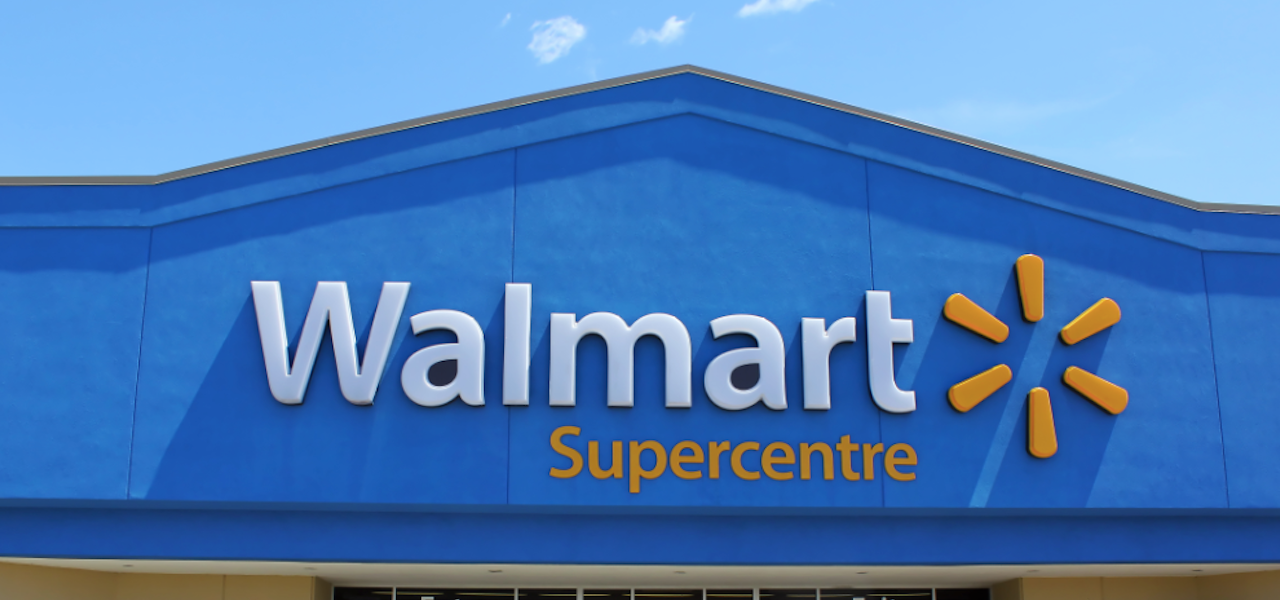‘Seemed like kind of a mishmash’: Why Walmart’s digital brands strategy sputtered

As Bonobos founder Andy Dunn prepares to leave Walmart, it’s the latest sign of trouble for the company’s group of digitally native brands.
Dunn joined Walmart in 2017, after the company acquired his menswear brand for $310 million. Dunn was first supposed to help Walmart find other digitally-native brands that would be ripe for acquisition; then the strategy shifted so that Dunn would help Walmart figure out how to launch its own digitally-native brands that would help Walmart go after a demographic that it’s long struggled with: young, affluent urban consumers.
Now, as Dunn prepares to exit Walmart, the company has found other ways to target a more affluent consumer. It’s been able to get existing fashion brands like Calvin Klein, Levi’s and Betsey Johnson, to sell on Walmart’s website, simply by improving the Walmart e-commerce experience. The company has also said that it is no longer focusing on building purely direct-to-consumer brands, but instead brands that it can sell both online and in-store, and “putting our investments in areas where our omni capabilities and unique advantages put us in a position to win,” a spokesperson recently told the Verge.
Walmart’s digital brands group consisted of Bonobos, as well as plus-size brand Eloquii, and Modcloth, which sells vintage-inspired women’s clothing. Though all targeted younger consumers, the brands are different enough that Walmart struggled to build a cohesive strategy around them. And, they all reportedly remained unprofitable nearly two years after being purchased by Walmart, according to Vox’s Recode. That made it harder for Walmart to justify keeping these brands around, as evidenced by the fact that Walmart sold Modcloth in October to Go Global Retail, and was reportedly considering selling Bonobos.
“It seemed like kind of a mishmash [of brands] to be honest with you,” said Jim Cusson, president of retail marketing firm Theory House.
In response to a request for comment, a Walmart spokeswoman provided Modern Retail with part of the internal memo the company sent announcing Dunn’s departure, which read: “During the last two and a half years, Andy’s contributions to the organization have been invaluable. He’s been instrumental in building out and growing Walmart’s proprietary brand portfolio. The DNA of the incubated and acquired brands is now a key part of our strategy, and provides us a brand engine we can plug directly into the enterprise.”
Walmart’s digital brands strategy was first set in motion by its acquisition of Jet.com in 2016 for $3.3 billion. Part of the reason why Walmart spent so much on Jet.com was in order to lure Jet.com’s founder, Marc Lore, in order to help the company build out an e-commerce strategy that would help the company defend itself against Amazon.
Ad position: web_incontent_pos1
Jet.com also had more customers in urban areas like New York City, where Walmart didn’t have any existing stores, and where it would have been expensive for the company to open up some. Acquiring Jet.com also gave Walmart another marketplace that it could encourage brands to sell on, particularly brands that wanted to target the urban consumers that Jet.com was going after more aggressively than Walmart was.
And as a sign that Walmart was serious about going after these affluent customers, it also set out to acquire some of the other digitally-native brands that were going after these consumers, starting with Bonobos.
“I think Bonobos helped fuel the narrative that Walmart was serious about e-commerce,” said Bryan Gildenberg, chief knowledge officer for Kantar Consulting. Walmart does not break out sales numbers for Bonobos, Modcloth and Eloquii.
A year after acquiring Bonobos, Dunn stepped down as Bonobos’ CEO in order to serve as the vice president of digital brands for Walmart. He was initially tasked with identifying other digitally-native brands to acquire. He also helped Walmart launch its own digitally-native brand, a mattress brand called Allswell Home, that was initially sold on its own website and then eventually made its way to Walmart’s website and stores.
Following the launch of Allswell, it became clear that it was more sustainable for Walmart to launch its own brands, rather than spending hundreds of millions of dollars to acquire other digitally-native brands. It’s a strategy that’s also being replicated by one of Walmart’s biggest competitors, Amazon, which has started to focus more on developing its own exclusive brands in categories that it wants to grow its sales in, like fashion.
Ad position: web_incontent_pos2
Ultimately, Walmart’s been able to find that it can attract these upscale brands, like fashion brands, to sell on Walmart.com by improving the website and brand experience — adding better quality images, and adding a space on the website where influencers highlight their favorite fashion pieces from Walmart.com. It’s also tried to attract younger consumers by launching exclusive brands with celebrities like Sofia Vergara and Drew Barrymore.
Additionally, by placing a focus on attracting and building brands that it can sell both online and in its own existing stores, Walmart can in theory increase sales without burning as much money on shipping costs or digital advertising. When Walmart sold Modcloth in November, a spokesperson told Recode that “our approach has evolved and our current focus is on building direct to consumer brands that we can leverage in an omni way.”
“A business like Walmart in the end is going to benefit best from ideas that plug into their core value proposition,” said Gildenberg.

